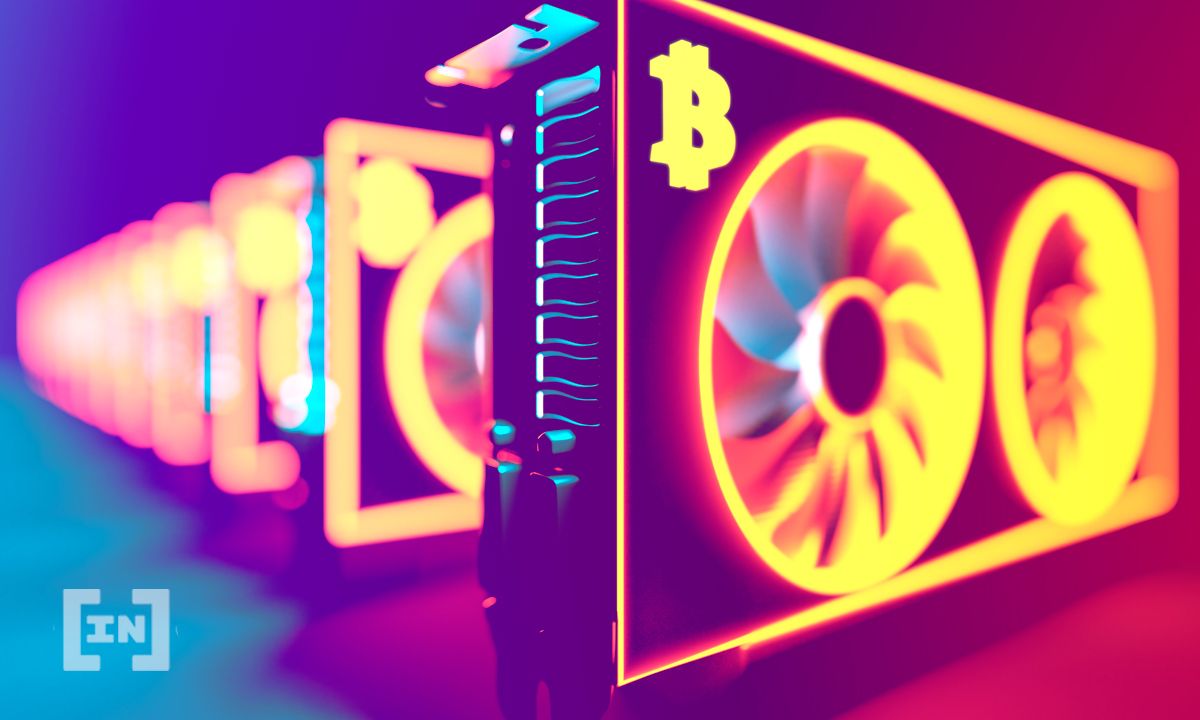The latest mining data suggest miners have switched from selling rewards to accumulation amidst a supply shortage on exchanges.
Miners Stop Supplying
According to data from cryptocurrency analytics firm Glassnode, Bitcoin (BTC)miners stopped selling their mining rewards overall last week, in favor of accumulation.
The Miner Net Position Change (MNP) data show the difference between miner rewards and miner sales turned positive for the first time since Dec 27.
This means that the quantity of BTC sold is less than the additions to miner-owned wallets. The uptick in the MNP indicator came as the moment BTC dipped to the $44,000 level, the lowest point this week.
Indeed, the period proceeding Dec 28. saw the MNP in the positive range for over three weeks and corresponded with the top-cryptocurrency soaring past the significant $20,000 level.
Institutions Gobble Bitcoin
In fact, the data reveal what the cryptocurrency market might already know too well, demand is currently at all-time highs.
Institutions like Grayscale and MicroStrategy continue to hoard BTC and other cryptocurrencies with a ferocious appetite. Just last yesterday, the cryptocurrency fund management company purchased another 53,000 Ethereum (ETH) in a single day.
Indeed, their total cryptocurrency assets under management (AUM), now exceeds $36.6 billion. Moreover, they recently revealed plans to add to their fund offerings, including several other cryptocurrencies.
MicroStrategy is not far behind. The business analytics company is making headlines for its frequent impulse Bitcoin purchases, with the last such buy involving $10 million.
Additionally, the company raised another $1 billion after issuing debt, using these funds to purchase 20,000 BTC more.
All Signals Point Bullish
Accordingly, these large purchases are causing a significant supply shortage. Combined, both Grayscale and MicroStrategy are heading towards owning over 10% of the total Bitcoin supply.
This is if you discount the nearly 20% of all Bitcoin lost, according to data from Chainalysis. One does not have to hold a doctorate in econometrics to estimate the effect of these data on the market.
If supply is less than demand, price rises. And currently, every indication, both demand-side and supply-side, suggests that will continue to occur.
Bring on $3 trillion.
Disclaimer
All the information contained on our website is published in good faith and for general information purposes only. Any action the reader takes upon the information found on our website is strictly at their own risk.


